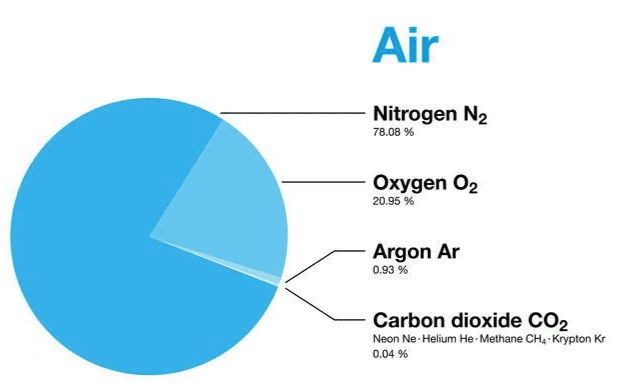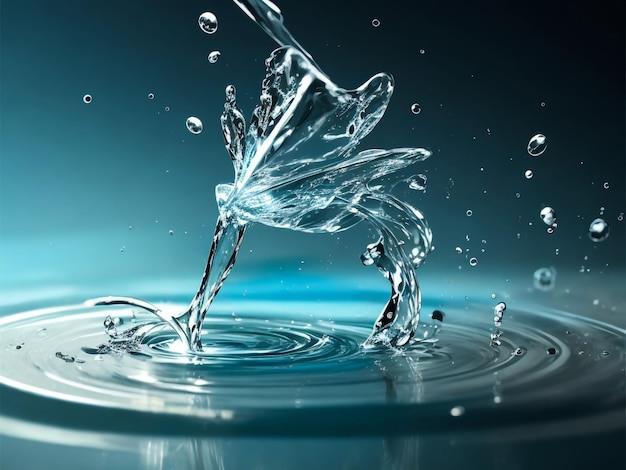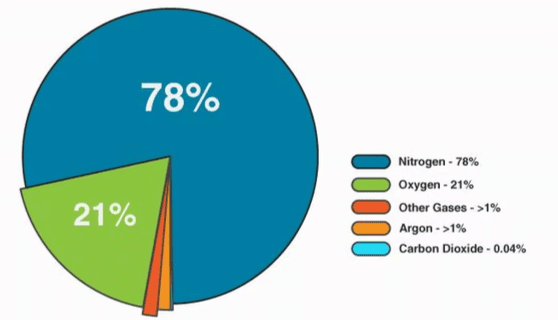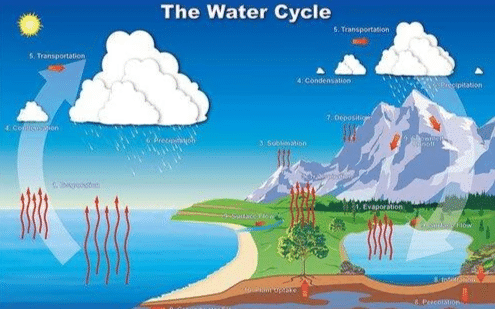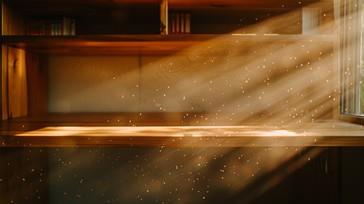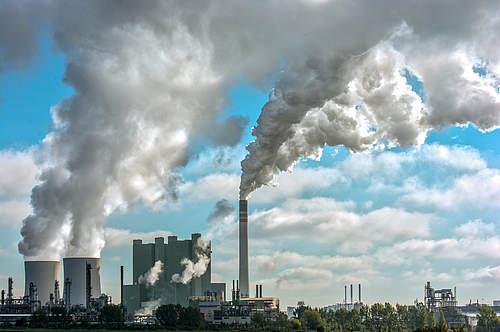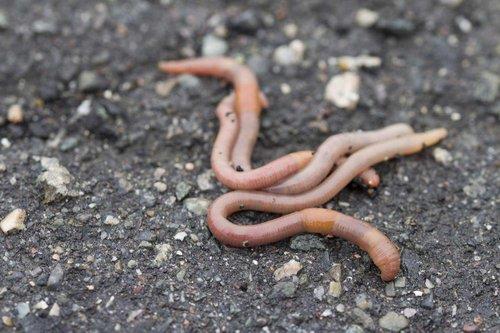|
Card: 10 / 42 |
The atmosphere is the thin blanket of air that surrounds the surface of the Earth. |
|
Card: 17 / 42 |
True or False: Carbon dioxide is a larger component of air compared to oxygen. |
|
Card: 18 / 42 |
False. Oxygen constitutes about 21% of air, while carbon dioxide is a smaller component. |
|
Card: 21 / 42 |
What happens to water vapour in the air when it comes in contact with cold surfaces? |
|
Card: 22 / 42 |
Water vapour condenses into droplets of water when it comes into contact with cold surfaces. 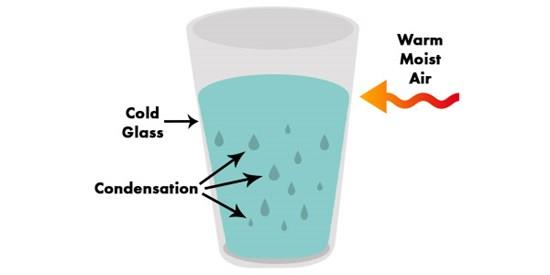 |
|
Card: 23 / 42 |
Fill in the blank: Dust particles can be observed in a beam of sunlight, especially in a ___ room. |
|
Card: 26 / 42 |
Smoke is a byproduct of burning fuel that contains harmful particles and gases, affecting health when inhaled. |
|
Card: 30 / 42 |
When water is heated, the dissolved air escapes first before the water turns to vapor and begins to boil.  |
|
Card: 31 / 42 |
Fill in the blanks: Soil contains air, which is essential for the respiration of organisms living in it, and when water is added to dry soil, the air is displaced, creating ___. |
|
Card: 33 / 42 |
True or False: Aquatic animals rely on the dissolved oxygen in water for respiration. |
|
Card: 35 / 42 |
What role do burrows and holes created by soil-dwelling animals play in oxygen availability? |
|
Card: 36 / 42 |
They allow air to move in and out of the soil, providing oxygen necessary for respiration. |
|
Card: 37 / 42 |
Fill in the blank: Despite the continuous consumption of oxygen by many organisms, the atmosphere maintains its oxygen levels due to a natural process of oxygen ___. |
|
Card: 39 / 42 |
Which process forces soil-dwelling organisms like earthworms to come to the surface to breathe? |
|
Card: 41 / 42 |
What is the primary process through which oxygen is replaced in the atmosphere? |
|
Card: 42 / 42 |
The primary process is photosynthesis, where plants produce oxygen as a byproduct while making their own food. 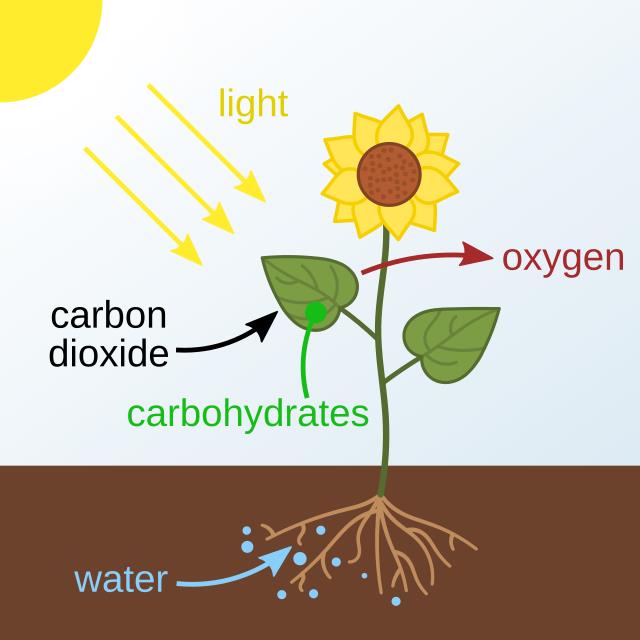 |




